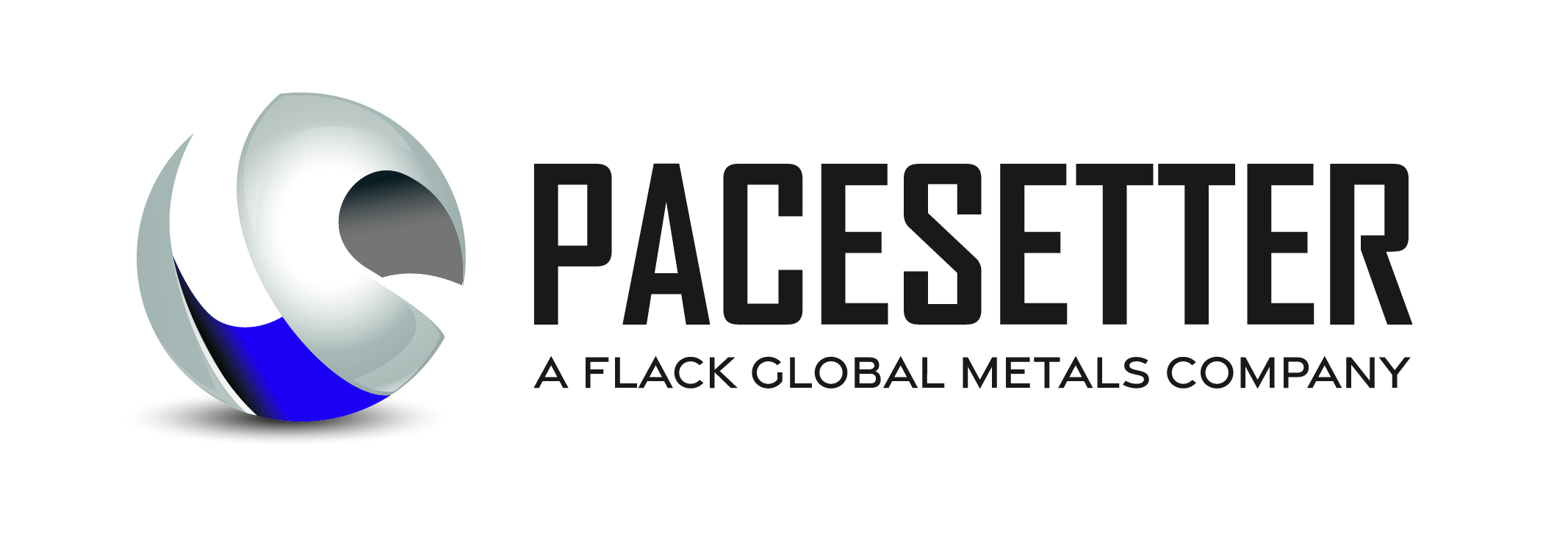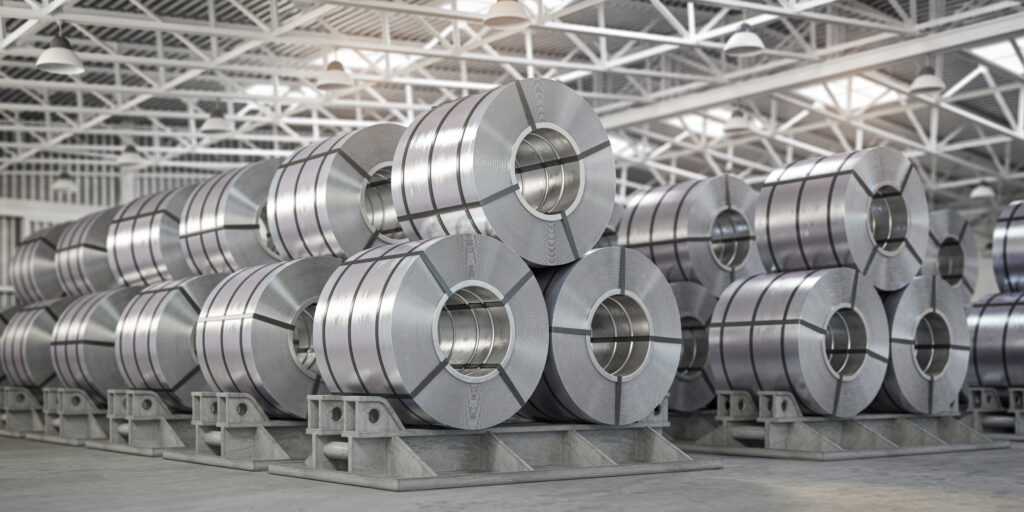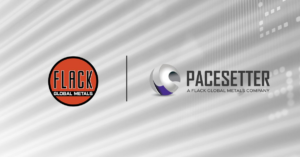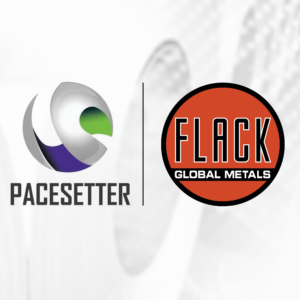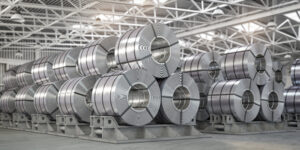In the world of metal materials, corrosion is a formidable adversary, capable of wreaking havoc on structures, equipment, and infrastructure. The importance of corrosion protection cannot be overstated, and one of the most effective ways to combat this insidious threat is through the application of metal coatings. This blog aims to delve into the realm of metal coatings for corrosion prevention, exploring various types, their applications, advantages, and drawbacks.
Understanding Corrosion
Corrosion, in simple terms, is the deterioration of metal materials due to chemical or electrochemical reactions with the surrounding environment. It can manifest in various forms, including rust, tarnish, and pitting, and can lead to structural weakness, loss of functionality, and ultimately, failure. Industries across the spectrum, from construction and manufacturing to transportation and infrastructure, face the daunting challenge of mitigating corrosion’s detrimental effects.
Types of Metal Coatings and Their Pros & Cons
Metal coatings serve as a formidable shield against the relentless onslaught of corrosion, establishing a protective barrier between the metal substrate and its surrounding environment. A plethora of metal coatings are available, each boasting unique compositions, properties, and applications tailored to combat corrosion effectively.
1. Galvanized Coatings
Among the stalwarts of corrosion protection, galvanized coatings stand out for their reliance on zinc-based formulations. These coatings exhibit exceptional resistance against corrosion, particularly in unforgiving environments such as marine and industrial settings. The sacrificial nature of zinc plays a pivotal role, sacrificially corroding to shield the underlying metal substrate from harm. Galvanized coatings find widespread application in an array of industries, safeguarding structures, equipment, and infrastructure from the corrosive forces of nature.
Pros & Cons
Galvanized coatings offer a robust defense against corrosion, boasting exceptional durability and a long service life. Their ability to resist rust and degradation, particularly in harsh environments like marine and industrial settings, makes them a popular choice across industries. Additionally, galvanized coatings are relatively cost-effective in the long run, thanks to their extended lifespan. However, the initial investment required for galvanization may be higher compared to other coating options, and the aesthetic appeal of galvanized surfaces may be limited, especially in applications where visual appearance is a priority.
2. Epoxy Coatings
Harnessing the remarkable properties of epoxy resins, epoxy coatings emerge as a stalwart defense against corrosion. Renowned for their unparalleled adhesion and chemical resistance, epoxy coatings find favor in critical applications such as pipelines, storage tanks, and chemical processing equipment. Their ability to form a robust bond with various substrates ensures long-lasting protection, while their resistance to a myriad of corrosive agents renders them indispensable in industries where chemical exposure is a constant threat.
Pros & Cons
Epoxy coatings are renowned for their superior chemical resistance and strong adhesion to metal substrates. They form a durable barrier against corrosion, making them ideal for use in pipelines, tanks, and chemical processing equipment. Epoxy coatings also offer versatility in terms of application methods and can be customized to meet specific performance requirements. However, one of the main drawbacks of epoxy coatings is their sensitivity to UV exposure, which can lead to degradation over time if not properly protected. Additionally, epoxy coatings may have temperature limitations during application, requiring careful consideration in certain environments.
3. Polyurethane Coatings
Famed for their resilience and versatility, polyurethane coatings occupy a prominent position in the realm of corrosion protection. Characterized by durability and flexibility, polyurethane coatings excel in architectural applications, adorning bridges, buildings, and infrastructure with a shield against corrosion. Their ability to withstand environmental stressors, including temperature fluctuations and mechanical abrasions, makes them an ideal choice for projects where longevity and performance are paramount.
Pros & Cons
Polyurethane coatings are valued for their durability, flexibility, and resistance to abrasion and impact. They provide excellent protection against corrosion in a wide range of applications, including architectural and industrial settings. Polyurethane coatings also offer good weatherability and UV resistance, making them suitable for outdoor use. However, the higher cost of polyurethane coatings compared to other options may be a deterrent for some projects. Additionally, the application process for polyurethane coatings can be more complex and time-consuming, requiring specialized equipment and trained personnel.
4. Acrylic Coatings
Embracing the weatherability and UV resistance inherent in acrylic polymers, acrylic coatings emerge as a formidable contender in the battle against corrosion. Their ability to endure the rigors of outdoor exposure makes them a preferred choice for applications such as metal roofing and siding. Acrylic coatings not only shield metal substrates from corrosion but also enhance aesthetic appeal, offering a versatile solution for projects where both protection and visual appeal are imperative.
Pros & Cons
Acrylic coatings are prized for their weatherability, UV resistance, and ability to maintain color and finish over time. They are commonly used in outdoor applications such as metal roofing and siding, where protection against the elements is essential. Acrylic coatings also offer versatility in terms of application methods and can be easily applied to a variety of substrates. However, their lower abrasion resistance compared to other coatings may impact durability in high-traffic areas or industrial environments. Additionally, acrylic coatings may be more susceptible to scratching, requiring additional care during handling and maintenance.
Application and Best Practices
Selecting the appropriate metal coating is undoubtedly crucial, but the journey towards effective corrosion protection does not end there. Proper application techniques and diligent maintenance practices play equally vital roles in ensuring the longevity and performance of the chosen coating.
1. Surface Preparation
Adequate surface preparation serves as the cornerstone of a successful coating application, laying the groundwork for optimal adhesion and performance.
This process involves several critical steps, each aimed at removing contaminants and creating a clean, receptive surface for the coating.
Initially, thorough cleaning is essential to remove any dirt, grease, oil, or other substances that could hinder adhesion.
This can be achieved through methods such as pressure washing, solvent cleaning, or alkaline degreasing, depending on the nature of the contaminants and the substrate.
Following cleaning, mechanical methods such as abrasive blasting or sanding may be employed to roughen the surface and promote mechanical adhesion.
The goal of surface preparation is to create a clean, roughened surface free from contaminants, rust, or scale, ensuring optimal bonding and long-lasting corrosion protection.
2. Application Techniques:
Once the surface has been properly prepared, attention turns to the application of the metal coating itself.
Adhering to manufacturer recommendations for application techniques is paramount to achieving uniform coverage and thickness, thereby maximizing the coating’s protective properties. Depending on the specific coating and substrate, various application methods may be employed, including spray, brush, or dip techniques.
Each method offers distinct advantages and considerations, with factors such as substrate geometry, coating viscosity, and desired coating thickness influencing the choice of application method.
Spray application, for example, offers excellent coverage and efficiency, making it ideal for large, complex surfaces. Brush application, on the other hand, provides greater control and precision, making it suitable for smaller or irregularly shaped substrates.
Regardless of the chosen method, proper application technique is essential to ensure consistent coverage and adherence to specified coating thicknesses, thereby maximizing corrosion protection and performance.
3. Inspections and Maintenance:
Even with meticulous surface preparation and application, proactive inspections and maintenance are essential to safeguard against corrosion and ensure the continued effectiveness of the coating over time.
Regular inspections serve as a proactive measure to identify any signs of coating degradation, damage, or corrosion early on, allowing for timely intervention and remediation. Inspections may involve visual assessments, non-destructive testing methods, or the use of specialized equipment to detect hidden corrosion or coating defects.
Additionally, routine maintenance activities such as cleaning, touch-ups, or recoating may be necessary to address any areas of concern and prolong the service life of the coated substrate.
By staying vigilant and proactive in their approach to inspections and maintenance, industries can effectively mitigate the risk of corrosion and preserve the integrity of their assets for years to come.
In conclusion, choosing the right metal coating is a critical decision in the fight against corrosion. By understanding the different types of coatings available, their pros and cons, and best practices for application and maintenance, industries can effectively safeguard their valuable assets against the ravages of corrosion.
It’s imperative for decision-makers to carefully consider the specific needs of their projects and select the most suitable coating to ensure long-lasting protection and durability.
By investing in the right metal coating and adhering to best practices in application and maintenance, industries can fortify their infrastructure, equipment, and structures against corrosion, ensuring a future of longevity and resilience.
